In geomorphologic terms, mountainous ridge of Biokovo is shaped in tectonically very broken Mesozoic carbonate rocks (NW-SE). It is expanded along the lines of Vrulja (Dubci) - Šestanovac to the Neretva River in the southeast and forms the border between the regional structures. In geotectonic terms the zone belongs to the Outer Dinarides. The south-western part of the structure of Biokovo is drawn (or reverse fitting) to the intensely folded flysch sediments, which are abundant in the vast area of the sea cliffs of Biokovo. There are three tectonic units:
1. The tectonic unit of the Makarska coastal area is limited on the northeastern the the cover of Biokovo, while the southwestern side is covered mostly by sea. Basically it is a native Flysch displacement built from a series of elongated and overturned pine trees, often presječenih normal faults and large cracks. Lithologically speaking, the basis of these units are heterogeneous flysch sediments of varying strength and plasticity. Moving from the coast towards the front cover of Biokovo, one can distinguish several incoherent elongated fold system - shells, with a steep south-western and northeastern mild wings. The basic characteristics of these tectonic units are folds, transferred folds, laid folds and shells, and are the result of this are the covering of Biokovoe with flysch sediments in the foreland.
2. The tectonic unit Biokovo covers a vast area of the prominent ridge with very steep southwest and relatively gentle northeast slopes. It is composed of folded and tectonically fragmented complexes of Mesozoic carbonate rocks. At the end of the upper Cretaceous, within the Laramian orogeny, the tectonic evolution of the cover of Biokovo started. With the constant activity of tectonic movements orogenetskih various stages, first the mass starts compressing, then the orientation (NW-SE), forming of the shell, partly laid folds and at the end the cover. The entire length of the drawn surface mass of Biokovo is made of flysch. One of the characteristics of this tectonic unit is the high degree of tectonic disturbance. In addition to the cover and subsequening folds, there are a series of vertical and subvertical faults in the general direction S-SW, S-SE. These faults are the result of non-uniform stresses in the structure of Biokovo during its transformation to a cover and are also among the oldest faults of Biokovo.
3. The tectonic unit Biokovo hinterland is part of the special hinterland of Biokovo, and the basic structural characteristics of the terrain is a scaly structure. It consists of a series of overturned anticlines built by Cretaceous carbonates, which are drawn along the reversed reduced southwest wing of flysch and foraminiferal limestones. Recent radial movements, although present, did not change the basic appearance of the scaly structure of this tectonic unit.
In the area of Biokovo is an area of recently active and the structurally most important fault called Mosor- Biokovo. The relief is characterized by prominent cliffs. The fault Zagvozd- Vrgorac-Metković, is separated by smaller structural units and the mountain Biokovo hinterland and is largely emphasized in the relief precipice, whose height exceeds 500 meters in some places in the hanging wall of faults. Biokovo is in one of those areas in Croatia which is emphasized with seismic activity. Biokovo’s epicentral area (42.5 ° - 44.0 ° north latitude, 16.4 ° - 17.5 ° IGD) is part of a narrow band of increased seismic activity, which stretches along the coast, and the earthquakes that occur here are the result of tectonic processes occurring at the border confrontation of the Adriatic basin and the Dinarides, where the main direction of thrust is towards the coast. More distinctive places of increased seismic activity are intersections and especially the places where there is a larger convergence of faults. Earthquakes are at various depths, but they are all above Mohoro’s discontinuity, which is based on geophysical and geodetic data calculated for this area, and is about 40 km along the slope surface towards S-SE.
 English
English
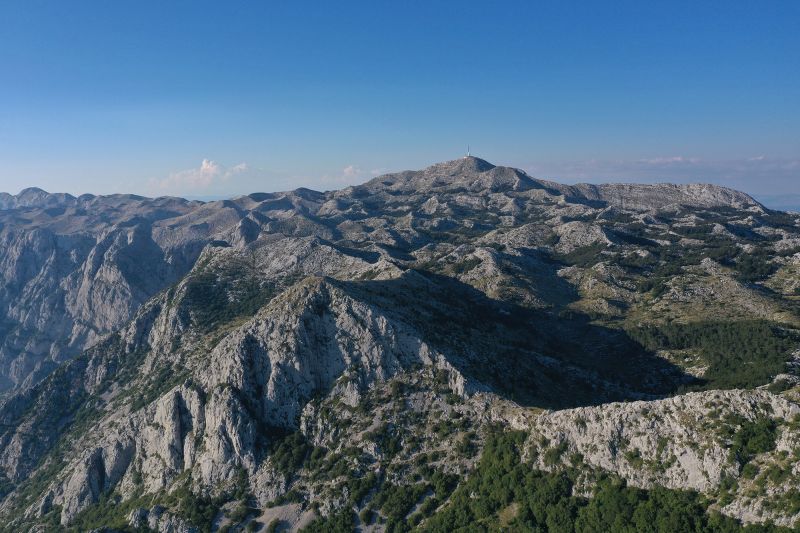
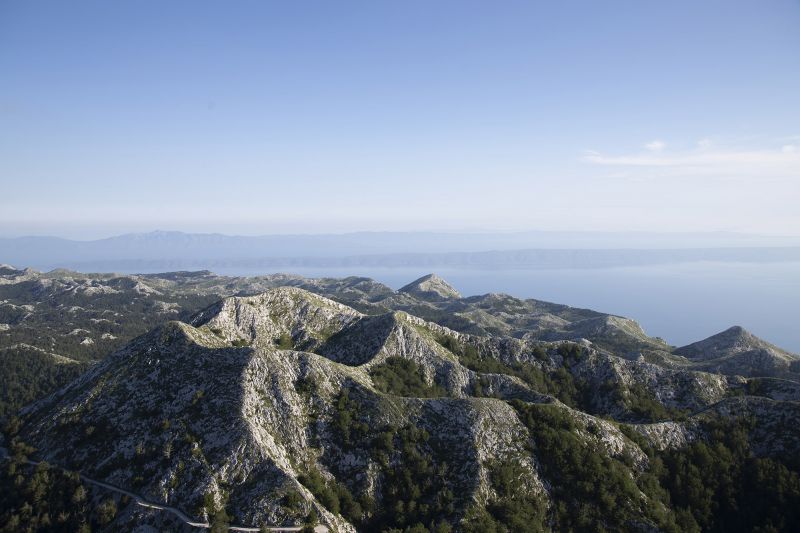
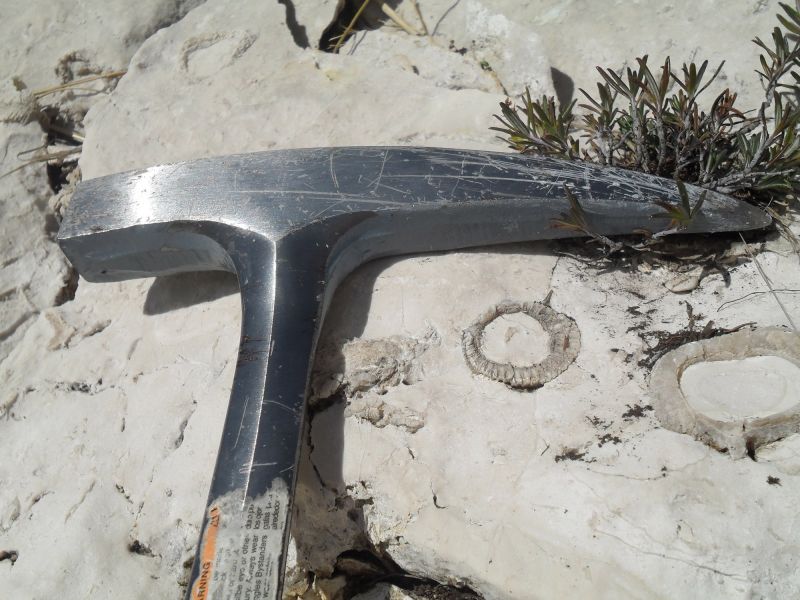
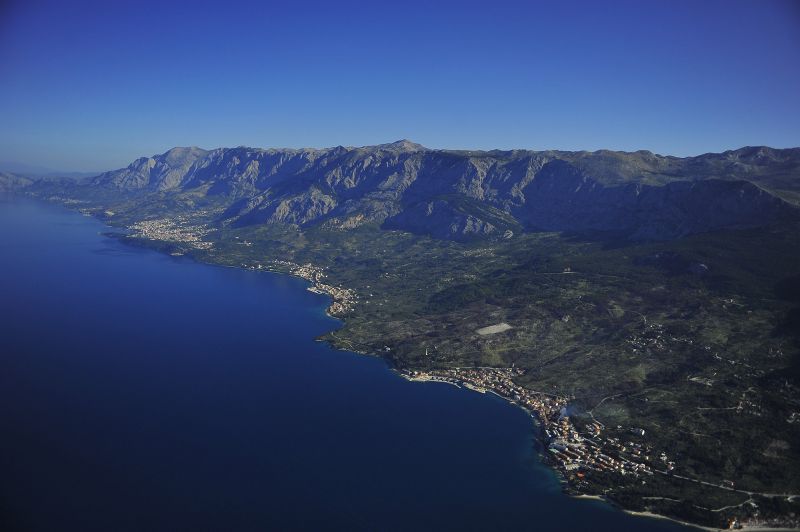
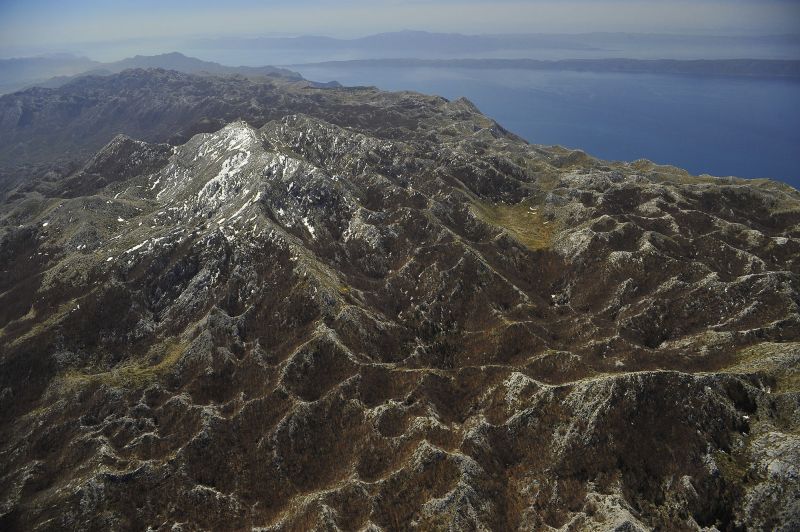

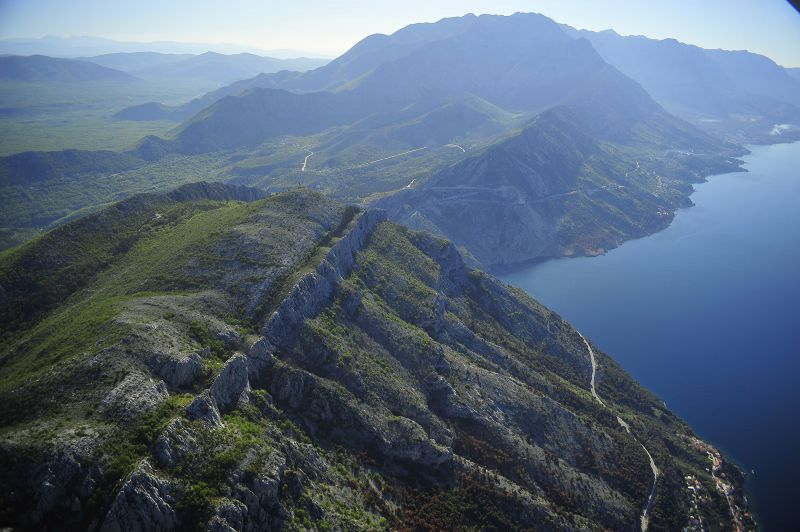

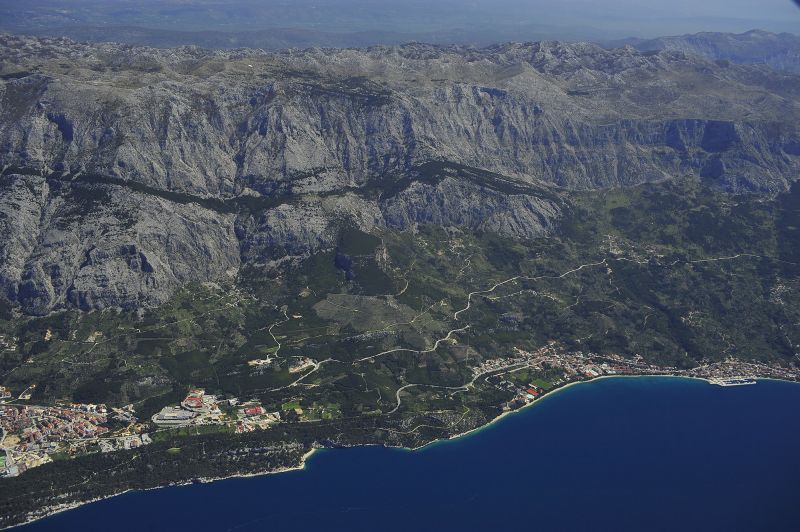
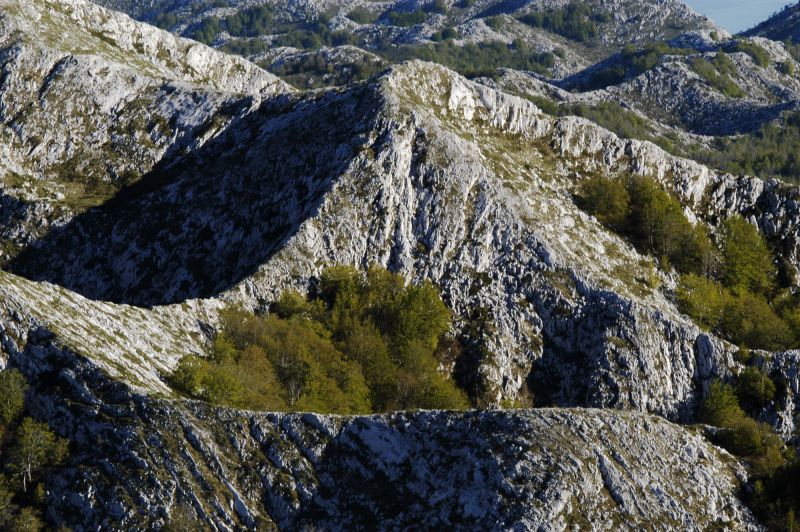
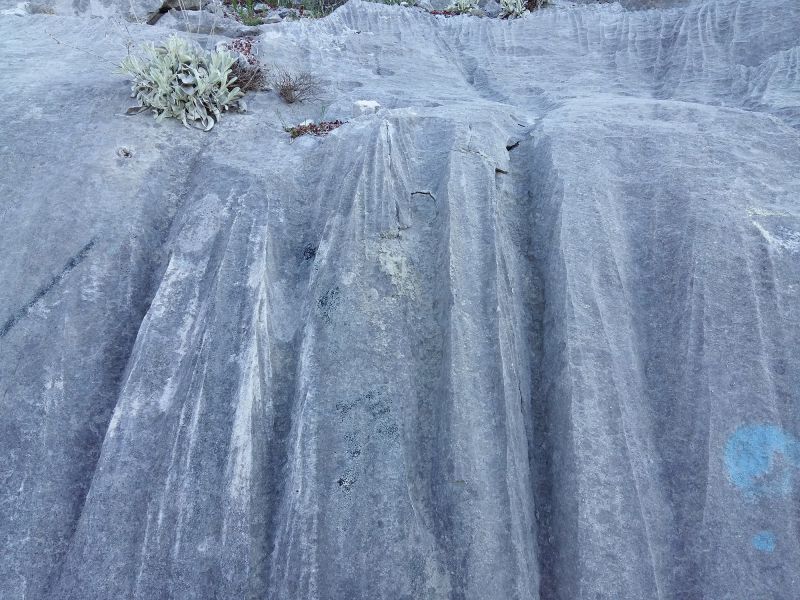
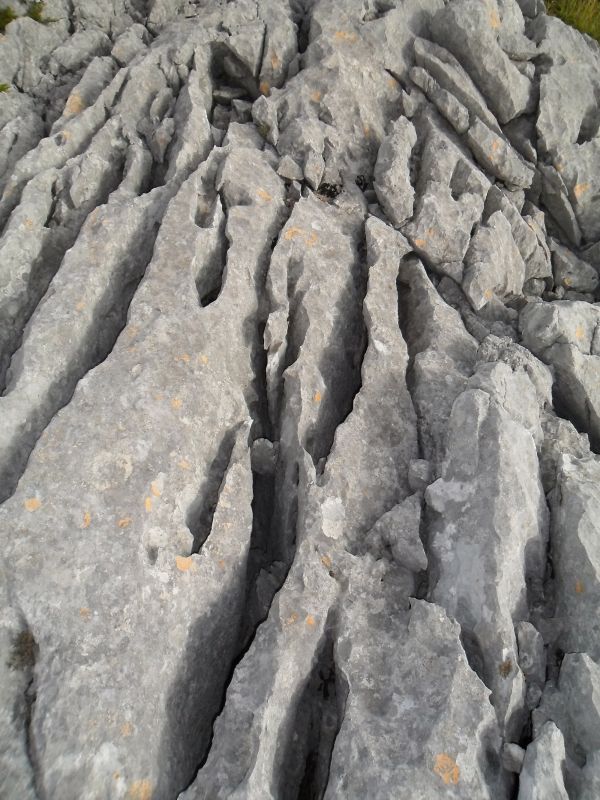
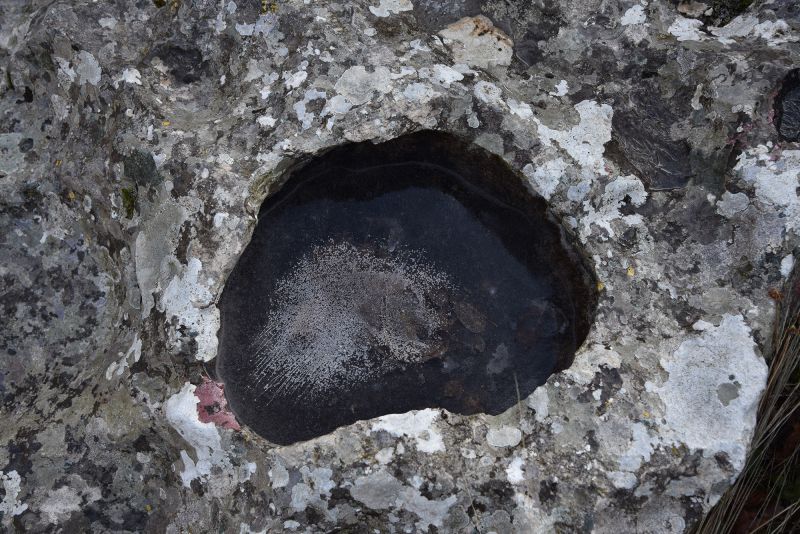

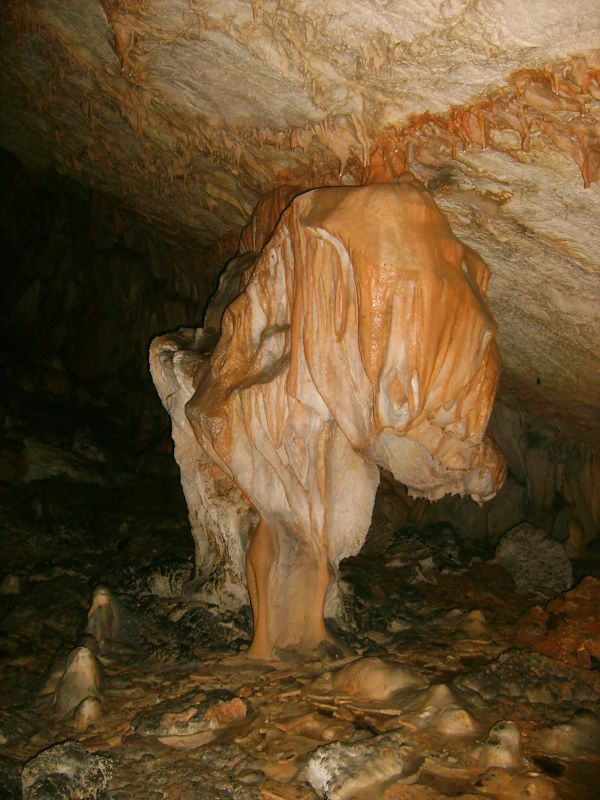
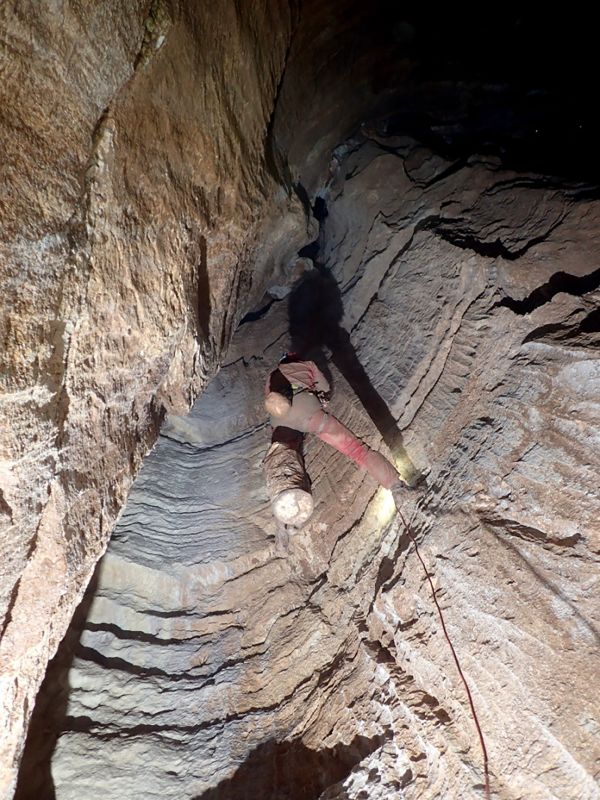
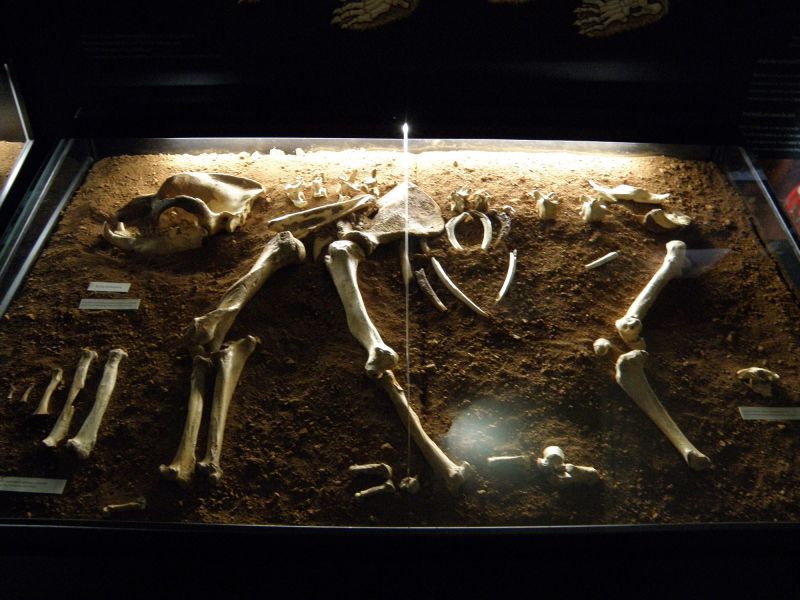
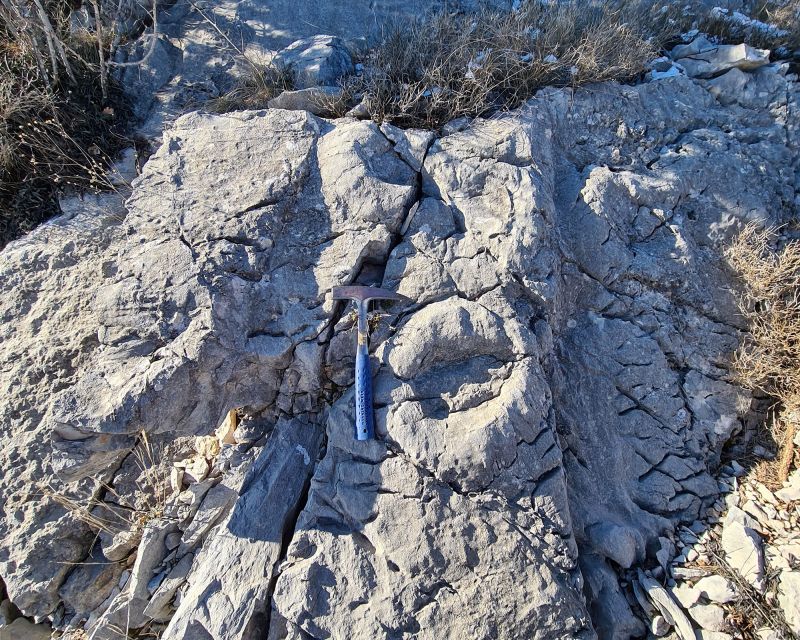
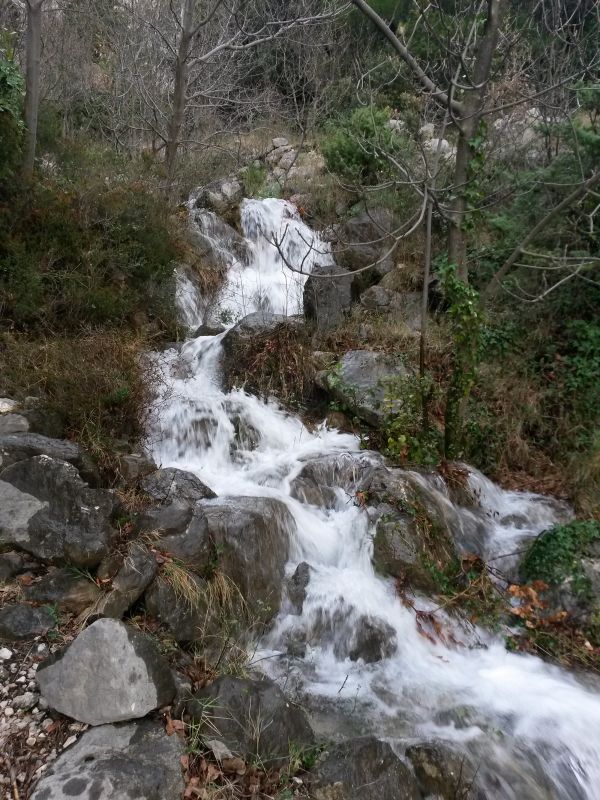

 Parks of Croatia
Parks of Croatia





















